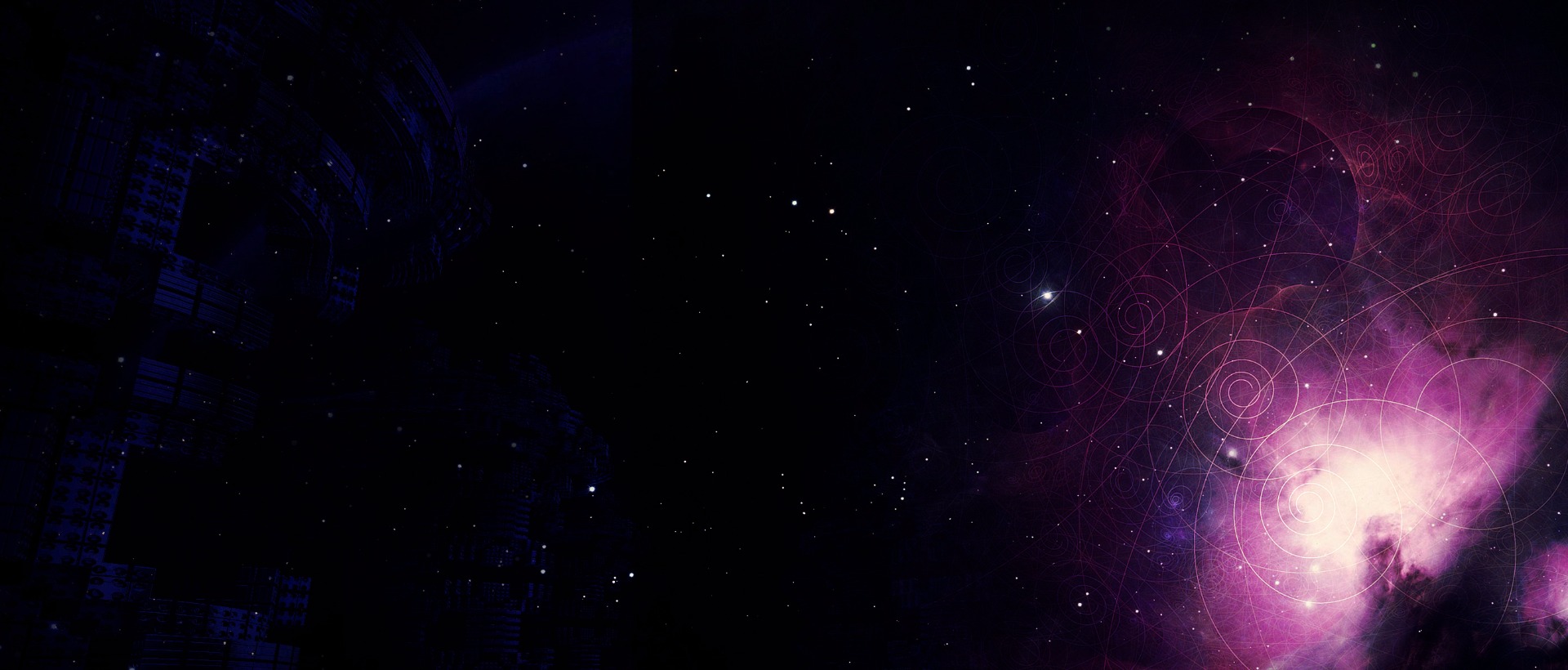
Photon-induced Desorption of Ices
One of our research objectives is the photon-induced desorption of solid CO to explain why this species is observed in the gas phase toward cold clouds such as L183, in which CO is expected to condense onto grains on timescales shorter than the cloud lifetime, at temperatures below 20 K. Our previous studies have shown that the photodesorption yield of CO ice is linearly temperature-dependent between 8 K and 26 K, while the structure of CO ice changed only above 20 K, which means that the photodesorption yield of CO is not only related to the CO ice structure, there must exist other properties of CO ice that affect the photodesorption yield.
VUV irradiation studies show that only the top few MLs of CO ice are desorbed via a non-radiative transition into vibrationally excited states of the electronic ground state, which subsequently transfer part of this intramolecular energy to the weak intermolecular bonds with neighboring molecules. This process becomes even more complicated when using non-monochromatic photon energy irradiation, leading to multi-state electronic transitions and discrepancies in the measured absorption cross sections between the parent molecules and the products in the Lyman-α and H2 molecular emission ranges.
Besides CO ice, we are also interested in the photodesorption yield of other simple molecules, such as H2O, CO2 , CH4 and CH3OH. Previous works failed in providing a complete quantitative study of the relative contribution of photo-destruction, photo-production, and photon-induced desorption taking place in irradiated ice analogs, since a quantification of the desorbing molecules in the gas phase is necessary. These molecules are often measured by a quadrupole mass spectrometer (QMS) in addition to the quantification of the solid phase molecules, which is usually performed by infrared spectroscopy. This is not strictly required for the irradiation experiments of pure CO ice, since photodesorption is the main effect, and can be thus quantified using infrared spectroscopy alone.
However, ices (e.g., solid CO2) which are easily converted to photoproducts, lead to an IR band decrease of the starting ice that is a combination of dissociation, photodesorption (the desorbed species includes parent molecule and products), band strength variations due to changes in ice composition and probably orientational molecular disorder. Therefore, an additional analytical technique is needed to estimate the photodesorption yield of desorbed species. We have used the outcome of our Fourier transform infrared (FTIR) spectrometer and the QMS in previous CO irradiation experiments as a reference for the calibration of the measured QMS ion current of other species. Using our calibrated QMS and a transmittance-FTIR spectrometer, we have performed a complete quantitative study of the VUV-irradiation experiments of CO2, H2O, CH4 and CH3OH ices.
